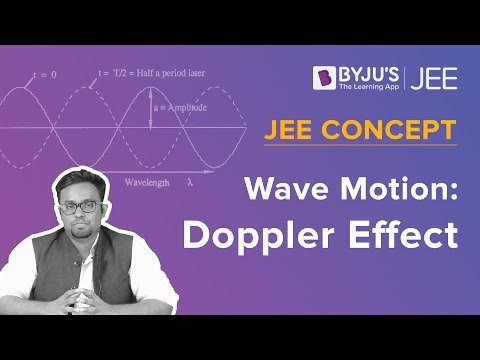What Is Huygens’ Principle?
According to this principle, every point in the wavefront is a potential source of secondary waves and, eventually, adds up to give us the wavefront. When the light’s speed does not depend on the direction, then the secondary waves are spherical in nature.
Related Topics:
Important Questions on Wave Optics
Revision Notes for Waves Optics
NCERT Exemplars for Wave Optics
NCERT Solutions for Wave Optics
Principle of Superposition
This principle is applicable whenever there are multiple sources of light illuminating a particular point. There lies an interference term to the sum of the individual intensities whenever we consider the intensity of light due to its point sources. But this source works when they have the same frequency and have stability in the phase difference.
Plane Polarised Light
The light which gets emitted from a polaroid is called polarised light, which means it only transmits one component of light, the one which is parallel in nature. Two maxima and minima can be seen when there a second polaroid having an axis turn of
Properties of Waves
Waves, when released from a point source, scatter in all directions, but the light is seen to be travelling in narrow rays. All the aspects and behaviour of light have been explained in the experiments of Fresnel, Young, and Huygens.
According to Young’s experiment, the key feature of the wave is the interference of amplitude occurring due to various sources and can be constructive and destructive in nature.
The limit of the ability of a microscope and telescope to differentiate small objects is defined by the wavelength of the light. The limits of ray optics are defined by diffraction.
The polarisation phenomena are specific to light waves or transverse waves, but interference and diffraction also occur for longitudinal waves such as sound waves in the air.
To know about Doppler Effect, watch the below video

To know more about wave optics and related topics, keep visiting BYJU’S.
Important Questions
- The wavelength of monochromatic light is 600 nm and is being incident from air to the water surface. Find out the frequency, wavelength, and speed of (a) refracted (b) reflected light. The refractive index of water is assumed to 1.33.
- The slit and the screen are positioned 0.30mm and 2 m apart. The distance between the fourth bright fringe and the central fringe is 2 cm. Find out the light’s wavelength.
- The angular width of a fringe is 0.5° on a screen which is positioned 2 m away in a double-slit experiment. The wavelength of the used light is 500 nm. Find out the angular width of the fringe when the entire setup is underwater. Assume the refractive index to be 5/4.
Frequently Asked Questions on CBSE Class 12 Physics Notes Chapter 10 Wave Optics
What is superposition?
The superposition principle states that when two or more waves overlap in space, the resultant disturbance is equal to the algebraic sum of the individual disturbances.
What is Huygens’ principle?
Huygens’ principle states that every point on a wavefront is in itself the source of spherical wavelets. The sum of these spherical wavelets forms the wavefront.
What are the properties of waves?
There are many properties that scientists use to describe waves. They include amplitude, frequency, period, wavelength, speed, and phase.
Comments